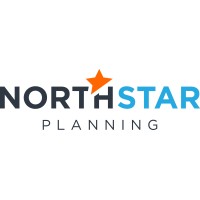
PL+US: Paid Leave for the United States
In 2016, Paid Leave for the U.S. (PL+US) was founded as a time-bound campaign to win paid family and medical leave for every working person in the U.S. In five years, PL+US won paid leave for 8.5 million working people at some of the country’s largest employers and helped advance federal policy through the House of Representatives, a historic achievement. PL+US closed our doors in the summer of 2022, but we invite you to check out paidleave.us to find resources on workplace policies, stats and messaging on paid leave, tips for navigating your own paid leave and some of our organizational lessons learned. For any other inquiries, message [email protected]






